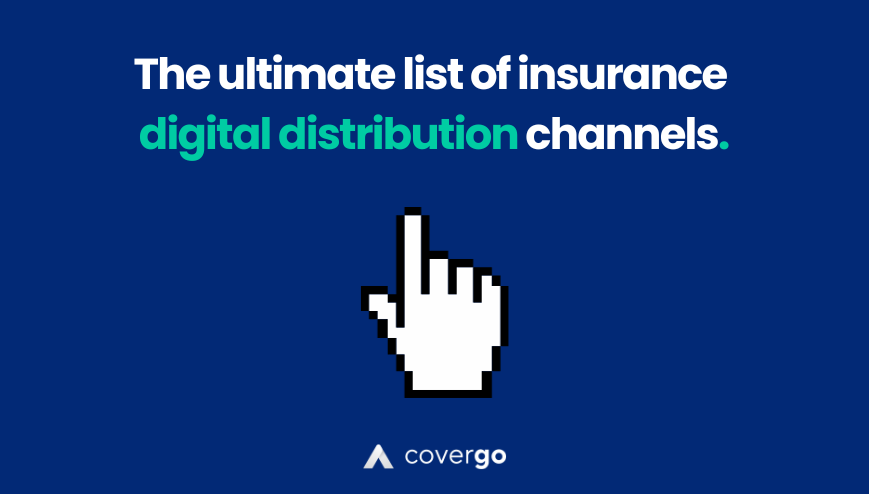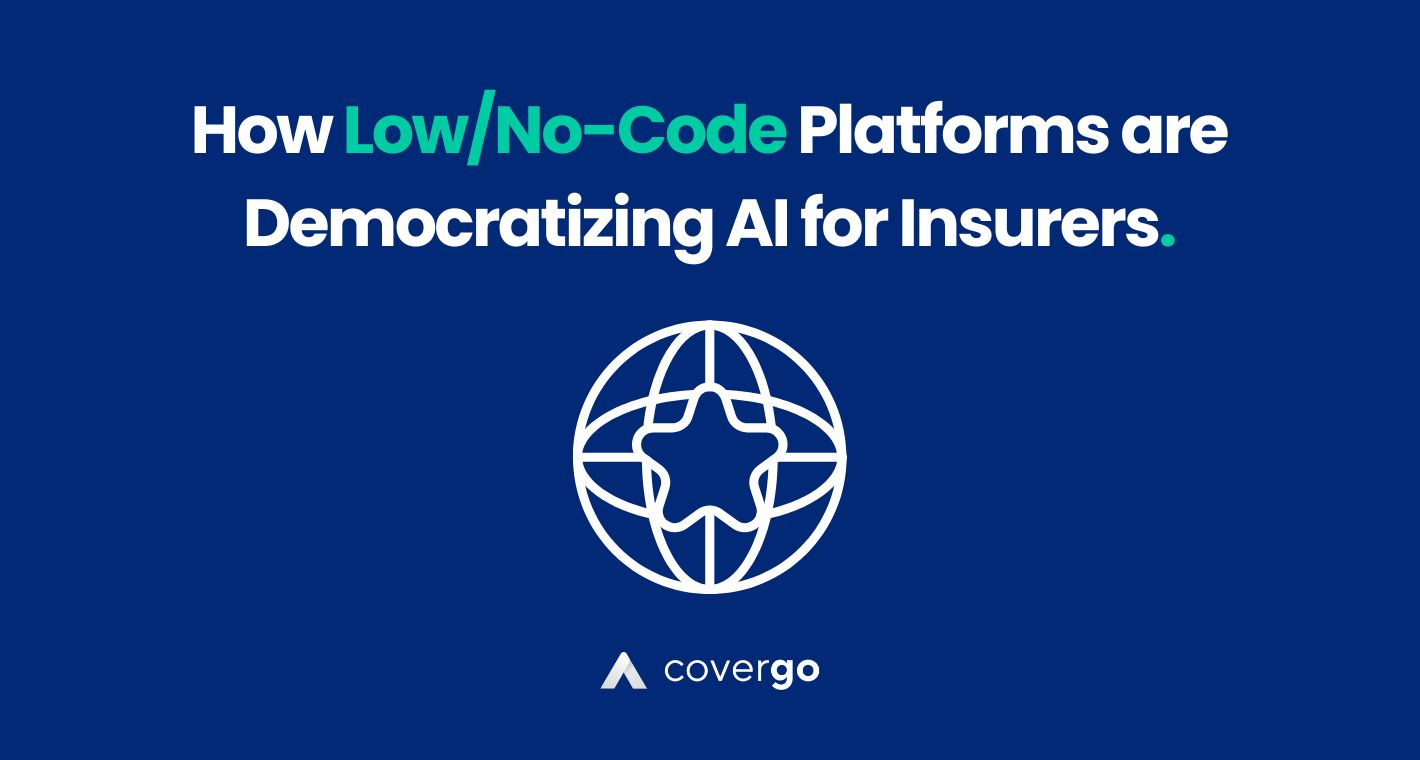Key takeaways:
- Digital distribution channels are essential for modern insurance companies to reach a diverse customer base.
- Accessibility and convenience are enhanced through digital channels, allowing customers to research, purchase, and manage policies easily.
- Adapting to changing market dynamics is crucial for insurers in the rapidly evolving digital landscape.
- Innovative technologies like AI, blockchain, and IoT are transforming the insurance industry through digital distribution.
The world of insurance is rapidly evolving, and digital distribution channels have become essential for reaching a diverse customer base. Keep in mind, that some channels are more commonplace, others are emerging trends, and some are more fringe digital channels like VR and gamification.
What is insurance digital distribution?
Insurance digital distribution refers to the use of digital channels and technology to market, sell, and manage insurance products and services. It involves leveraging various online platforms, mobile applications, websites, and emerging technologies to connect with customers, provide information, offer quotes, and facilitate policy issuance and claims processing.
This approach transforms the insurance industry by making it more accessible, convenient, and personalized for consumers, allowing them to research, purchase, and manage insurance policies at their own convenience.
Furthermore, it enables insurers to streamline their operations, enhance customer engagement, and adapt to changing market dynamics in a rapidly evolving digital landscape. Digital distribution is a critical component of the insurtech revolution, enabling insurers to better meet the evolving needs of the modern, tech-savvy consumer.
That being said, here are 42 digital distribution channels you can consider using:
-
Insurance Websites: Insurance companies’ official websites offer information, quotes, and online policy purchase options. Fairly straight forward.
-
Mobile Apps: Dedicated mobile apps allow customers to access their policies, get quotes, file claims, and pay premiums.
-
Comparison Websites: Aggregator websites, such as Compare.com and NerdWallet, allow users to compare insurance policies from multiple providers. And depending on the agregator, may even allow API access to their comparator tools so users can immediately take action from the aggregator’s website directly.
-
Online Brokers: Digital insurance brokers like PolicyBazaar and eHealth help customers navigate and purchase policies.
-
Embedded insurance: particularly popular with travel and airline websites, options for customers to purchase insurance while in the course of booking their trips is a common practice. Nowadays, this is powered by extensive APIs.
-
Social Media: Insurance companies use platforms like Facebook, Twitter, and LinkedIn for marketing, customer engagement, and support.
-
Telematics: Usage-based insurance (UBI) programs use telematics devices or mobile apps to track driving behavior and offer personalized discounts.
-
Chatbots and AI Assistants: AI-powered chatbots and virtual assistants on websites and apps assist with inquiries, policy information, and claims processing.
-
Email Marketing: Companies use email campaigns to promote policies, inform customers, and send policy documents.
-
Affiliate Marketing: Partnering with influencers and websites to promote insurance products through affiliate links.
-
Blockchain: Blockchain technology can streamline policy issuance, claims processing, and reduce fraud.
-
Video Marketing: Insurance companies create and share educational and promotional videos on platforms like YouTube.
-
Online Marketplaces: E-commerce platforms like Amazon have started offering insurance products.
-
Customer Portals: Personalized online customer portals provide policy information and self-service options.
-
API Integration: Insurance companies partner with other businesses, such as travel websites, to offer policies at the point of purchase.
-
Email and SMS Alerts: Sending policy updates and reminders to customers through email and text messages.
-
Voice Assistants: Integration with voice-activated devices like Amazon Alexa and Google Assistant for policy inquiries.
-
Augmented Reality (AR) and Virtual Reality (VR): AR and VR can be used for virtual property tours and simulating insurance scenarios.
-
IoT Devices: Smart home and auto devices can provide data to insurers, leading to personalized coverage and discounts.
-
Peer-to-Peer (P2P) Insurance: P2P platforms enable users to create and join insurance pools with friends or like-minded individuals.
-
Artificial Intelligence (AI) for Underwriting: Advanced algorithms and AI assess risk factors and determine policy pricing.
-
Microinsurance Apps: Mobile apps targeting specific coverage needs for small payments.
-
Social Media Advertising: Targeted advertising on social media platforms to reach specific demographics.
-
Voice Search Optimization: Optimizing digital content for voice search through devices like Siri and Google Assistant.
-
API-Enabled Platforms: Insurtech companies and brokers offer APIs for seamless integration with third-party platforms.
-
Email Newsletters: Regular newsletters with industry updates, tips, and insurance information.
-
E-signatures: Digital signatures streamline the application and claims process.
-
Customer Review Websites: Sites like Trustpilot and Yelp allow customers to leave reviews and ratings.
-
Robo-Advisors: Automated investment platforms offer insurance products as part of their financial planning services.
-
Pay-Per-Click (PPC) Advertising: Paid ads on search engines and social media to generate leads.
-
Cybersecurity and Data Protection: Ensuring strong security measures to protect customer data and transactions.
-
Instant messengers: Various instant messaging apps like Whatsapp and Telegram can be major touchpoints for insurance customers who have recently opened API usage.
-
Home Assistants for Property Insurance: Integrating with home assistants like Google Nest and Amazon Ring to provide security and property data for homeowners’ insurance.
-
Chat Communities and Forums: Modern forums and communities like Reddit and so on support APIs and ad space for insurers to integrate their products.
-
QR Codes: QR codes on marketing materials or physical documents that lead customers to online policy information or payment options.
-
Geofencing and Location-Based Services: Utilizing location data to provide policyholders with relevant information, discounts, and alerts based on their geographic location.
-
Gamification: Insurance companies create gamified mobile apps or web platforms to educate customers about insurance and encourage better risk management.
-
Car Subscription Services: Collaboration with car subscription services that bundle insurance with vehicle rentals on a monthly basis. This can be extended even to rideshare services where insurance options can be available in an embedded fashion when customers book a ride.
-
In-Game Advertising: Advertising insurance products within online and mobile games, especially in games with real-world scenarios.
-
Car Manufacturer Partnerships: Collaborating with car manufacturers to offer insurance packages directly through the vehicle’s dashboard.
-
Home Improvement Retailers: Collaborating with home improvement stores to offer insurance products for home renovations and improvements.
-
Healthcare Wearables: Partnering with wearable technology companies to offer health and life insurance coverage tied to wearable data.
A caveat on digital distribution
Digital distribution has a definition that casts a wide net over many different processes and goals. The act of advertising an insurance product versus actually being able to take action to buy and retrieve your policy will require entirely different technologies, channels, relationships, and methods.
So when you open a mobile game these days and an ad automatically plays with insurance products related to your recent search history on Google, this is just as much “digital distribution” as when you book an airline ticket and end up being offered immediate coverage for an additional cost on check out. Both are digital distribution.
But both have entirely different goals, entirely different actions to take and are hosted on entirely different technologies.
That being said
Insurance companies must continuously adapt to emerging digital distribution channels to remain competitive and provide the best customer experience. It’s important to stay up-to-date with the latest trends and technologies in the insurance industry.
As insurers begin fighting for every inch of digital real estate, it’s more and more likely that insurers will attempt to distribute their products and advertising to new channels, and in doing so, will likely encounter many technical challenges.
As you can imagine, it can probably start to get bothersome to manage so many channels that feed into 1 product. And remember, that could be potentially 40+ channels for one product, which is very likely one of many other products.
The mind boggles when it begins to think about the amount of management needed to handle all of these.
That’s why platforms like CoverGo have emerged, replacing or integrating with insurers’ core systems, and delivering the modern digital tools to insurers that are needed to distribute their products to many channels at once in an easy-to-use user interface. CoverGo goes beyond digital distribution, adding modules to every major insurance process and combining every process into a smarter ecosystem.
Book a demo today and see how CoverGo can help your business thrive in an ever-evolving digital age.
FAQs
Digital distribution in insurance enhances accessibility, convenience, and personalization for customers. It also enables insurers to streamline operations and adapt to the evolving digital landscape, improving customer engagement.
Insurers can benefit from digital distribution by reaching a wider audience, providing better customer experiences, improving operational efficiency, and staying competitive in a rapidly evolving market.
Insurers may face challenges such as managing multiple channels effectively, ensuring data security, integrating new technologies, and adapting to customer preferences in a constantly changing digital environment.
- How Low/No-Code Platforms are Democratizing AI for Insurers
- All of the ways AI is Transforming the Insurance M&A Industry.
- 10 Crucial Mistakes to Avoid When Filing an Insurance Claim
- 5 Important Tips That Will Make Filing Claims For Specialized Policies a Breeze
- Artificial Intelligence as The New Defender Against Insurance Fraud



